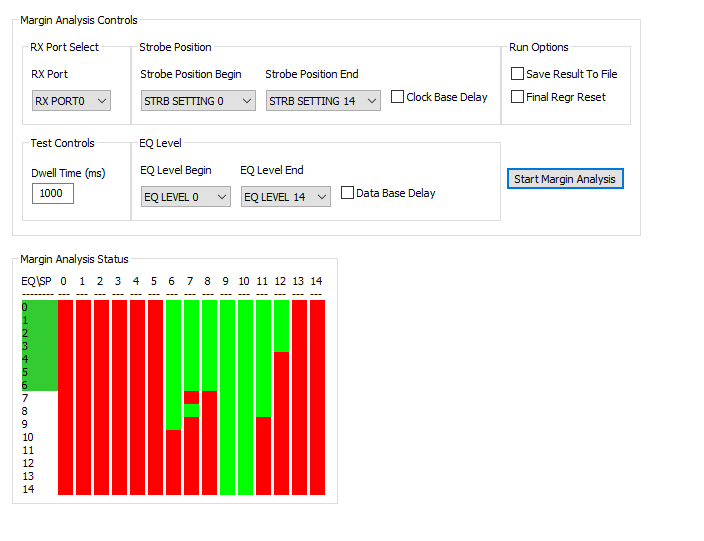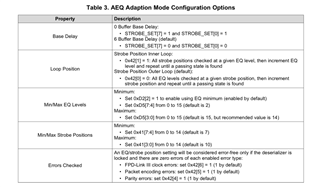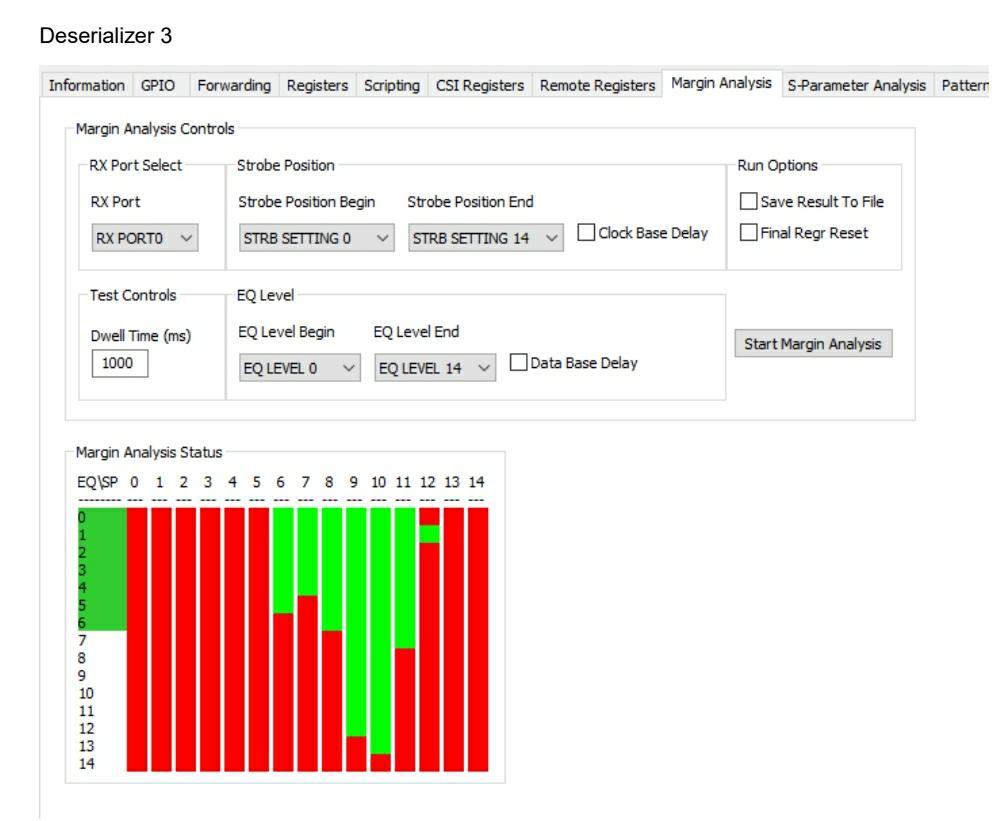Other Parts Discussed in Thread: DS90UB960-Q1,
Hi TI,
we have our own designed pcb board, which has 4 pieces of 954. And we want to connect it as nvidia jetson xavier -> 954 -> 953 -> sensor.
We have a issue now, we have 2 clock src, one is 24mhz, the other one is 25mhz, and we use sync mode, 953: 0x06 -> 0x41, 0x07 -> 0x28. And when we use 24mhz, 2 cams, which connected to different 954, have different result. Cam 2 of 954(1)'s port 0 will freeze when it get 25mhz, cam 7 of 954(3)'s port 1 will not freeze. And they can both work when the clk_out of 953 is 24mhz.
And we also get the error, a FS packet was found for a virtual channel that was already in frame. An error FE packet was injected before FS was allowed through.
Two weeks ago, we tested cam 6 of 954(3)'s port 1 had issue, it will freeze when it used 24mhz, but it can work if I set clk_out of 953 as 27 mhz.
So, 25mhz INCK for sensor, cam 2 of 954(1)'s port 0 failed, cam 7 of 954(3)'s port 1 will not.
24mhz INCK for sensor, cam 2 of 954(1)'s port 0 and cam 7 of 954(3)'s port 1 -> normal, cam 6 of 954(3)'s port 0 failed.
We checked lock status, 0x04 will change from 0xcf to 0xdf after starting video streaming, it should be normal. We found all of the csi error from 0x7a of 954 ( 0x7a->0x0f )
Can anyone offer some advise?
Thanks in advance





